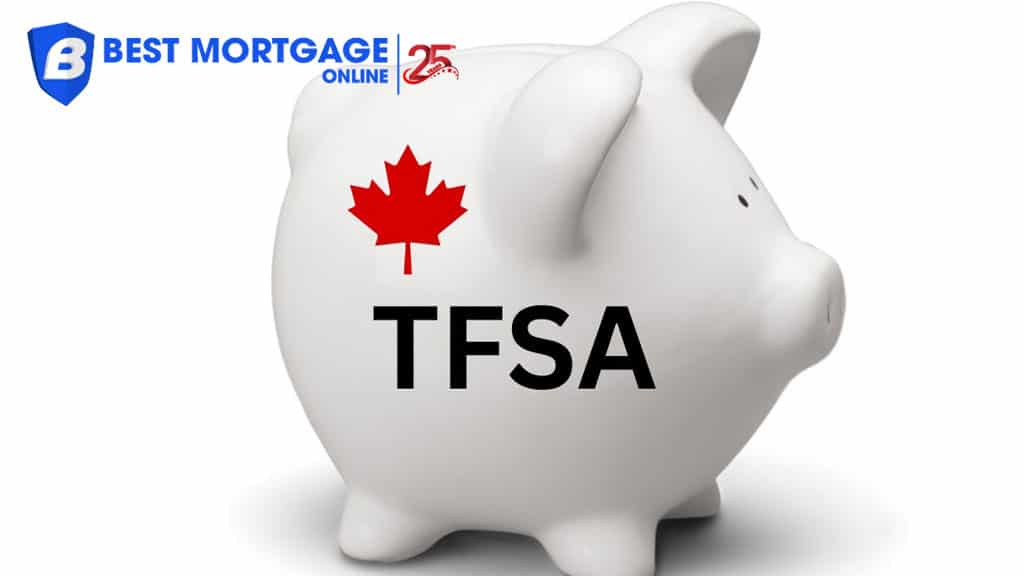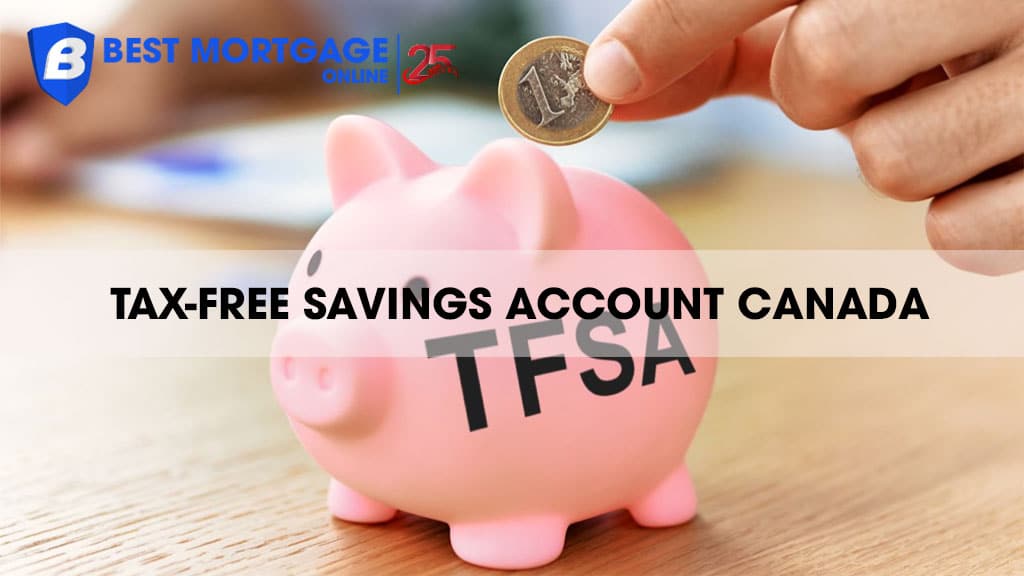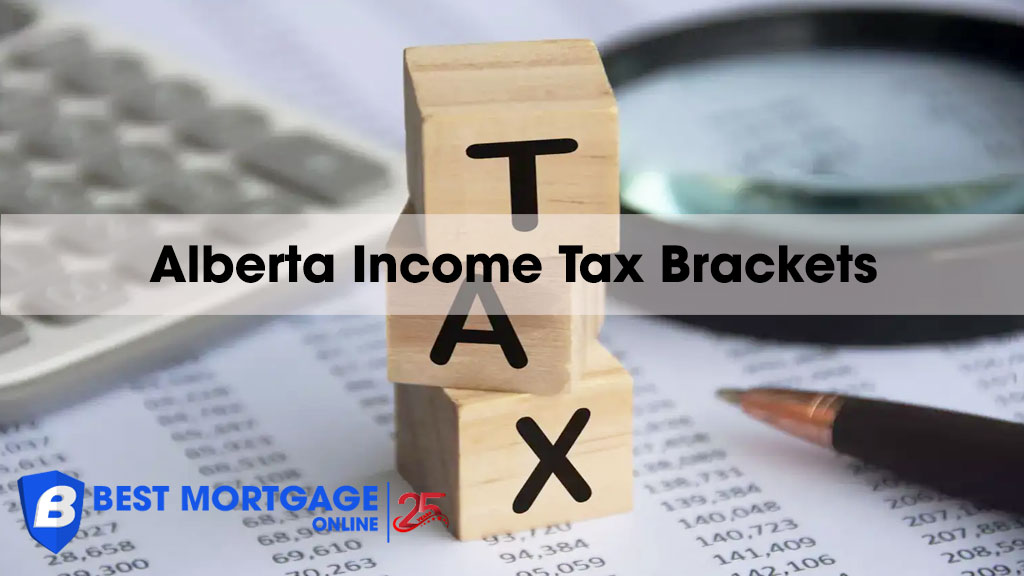Tax-Free Savings Accounts (TFSAs) are one of the best ways for Canadians to save and invest without paying tax on investment income or withdrawals. Introduced in 2009, the Tax-Free Savings Account allows individuals 18 and older to contribute a set amount each year to these accounts, grow their savings tax-free, and withdraw funds anytime without penalty.
With their flexible nature and tax advantages, TFSAs have become a core part of financial planning for millions of Canadians. This guide will explain what you need to know about Tax-Free Savings Accounts to utilize them effectively.
What is a Tax-Free Savings Account?
A Tax-Free Savings Account (TFSA) is a registered account that allows Canadians to earn tax-free investment income and withdrawals. Unlike Registered Retirement Savings Plans (RRSPs), you don’t get a tax deduction for TFSA contributions, but earnings and withdrawals are completely tax-free.
The federal government first introduced the Tax-Free Savings Account in the 2008 budget to help Canadians save more efficiently. They became available to residents on January 1, 2009.
TFSAs encourage savings and investing by allowing tax-free growth. Many Canadians now use TFSAs as a critical part of their overall financial strategy.
How Do TFSAs Work?
TFSAs give you tax-free savings by allowing a set amount of contributions each year. Any investment income earned within a TFSA is completely tax-free. This includes interest, dividends and capital gains. Here’s an overview of how Tax-Free Savings Accounts work:
TFSA Contribution Limit
The Canada Revenue Agency (CRA) annually determines the maximum amount you can contribute to a TFSA based on the indexation rate. This annual limit is known as your “TFSA contribution room”.
The TFSA contribution limit for 2025 and 2024 is $7,000. It was $6,500 in 2023. The unused TFSA contribution room carries over each year. You can contribute your unused amount from previous years at any time (Source).
You’re allowed to have multiple TFSA accounts across institutions, but your total contributions can’t exceed your limit. Excess contributions will incur a 1% tax monthly on the highest excess amount.
TFSA Withdrawal
You can withdraw funds from your Tax-Free Savings Account anytime for any purpose. Withdrawals don’t get added back to your contribution room until January 1 of the following year. Withdrawals are 100% tax-free and not reported as income, and also don’t affect your government benefits.
For example, if you withdraw $5,000 in November 2024, that $5,000 will be added to your 2025 contribution room. Recontributions don’t affect your room.
In summary, money goes into a Tax-Free Savings Account with after-tax dollars, but all future earnings and withdrawals are completely tax-free.
What are the Key Benefits of a TFSA?

One of the biggest advantages of a TFSA is that all investment earnings grow tax-free. This makes TFSAs ideal for long-term investing since you keep more of your returns. For example, if you invest $10,000 for 10 years at a 6% annual return, you would earn about $7,900 in a TFSA based on tax-free compound growth versus just $5,800 in a fully taxable account.
With a TFSA, you can contribute as much as you want up to your available room. This flexibility makes TFSAs very useful for short-term goals like saving up for a vacation or an emergency fund. If you withdraw money, the contribution room will be replenished next year. Any amounts you take out of your TFSA don’t count as income, so TFSA withdrawals do not affect your government benefits like Old Age Security or the Guaranteed Income Supplement.
Additionally, TFSAs and RRSPs form an excellent combined retirement planning strategy. RRSP contributions lower your taxable income now, while TFSA withdrawals provide tax-free income in retirement. TFSAs can also complement non-registered investment accounts by sheltering some of your portfolio earnings from tax.
Who Can Open a TFSA?
To open and contribute to a Tax-Free Savings Account, you must meet the following TFSA eligibility rules:
- Have a valid Canadian Social Insurance Number (SIN)
- Be a Canadian resident for tax purposes
- Be 18 years of age or older
You accumulate TFSA contribution room for every year you meet these residency and age requirements. New immigrants and Canadian residents who turn 18 start qualifying for the TFSA room.
You can open a TFSA at most banks, credit unions, trust companies, investment firms, brokerages, and insurance companies.
What Can You Invest in a TFSA?
TFSAs are very flexible and allow you to hold many different eligible investments:
Money held as cash in a TFSA savings account will earn interest. TFSA interest rates at banks can range from 0.05% for regular savings accounts to over 2% for high-interest or promotional accounts. The main benefit of TFSA cash is tax-free interest.
Guaranteed Investment Certificates (GICs) allow you to lock in a guaranteed return over a set period, usually between 1 and 5 years. GIC interest rates may be slightly higher than regular TFSA savings accounts. GICs are ideal for fixed income and low-risk investments
Mutual funds invest in a basket of securities like stocks and bonds. Mutual funds cover all asset classes and sectors. They provide easy diversification. The power of tax-free compounding can benefit long-term mutual fund investments.
Individual stocks can be held in a self-directed TFSA account. Canadian dividend-paying stocks are common TFSA holdings since dividends are tax-free. Trading fees still apply to buy and sell stocks. Frequent trading risks attract business income tax.
Bonds, like stocks, can be purchased directly or through funds. Government and corporate bonds generally provide steady tax-free interest income when held in a TFSA.
ETFs (Exchange Traded Funds) trade like stocks but contain a basket of assets to provide diversification. Index ETFs that track sectors or the broader market can offer a low-fee, passive investing approach within a TFSA.
Other investments permitted in an RRSP can also be held in a TFSA, with a few exceptions, like over-the-counter derivatives and new crypto assets. Discuss your investment objectives with your TFSA provider to select suitable options.
What Happens to Your TFSA When You Die?
When you pass away, there are three options for your TFSA based on the beneficiaries you designate:
- Successor holder: In certain provinces, you can name your spouse or partner as a “successor holder” who seamlessly continues the TFSA.
- Named beneficiaries: You can designate specific beneficiaries to receive the TFSA assets. This is tax-free up to the account value at death.
- Estate designation: If you don’t name a beneficiary, your TFSA assets will go to your estate and be distributed under your will.
Naming a beneficiary is optimal to avoid potential taxes or other complexities if assets flow through your estate. Surviving spouses may also qualify to contribute funds received to their own TFSA without affecting their contribution room.
How Does a TFSA Differ from an RRSP?
While TFSAs and RRSPs are both registered accounts that help Canadians invest for the future, they have some key differences:
| Feature | RRSP | TFSA |
|---|---|---|
| Contribution Tax Treatment | Tax deductible | Non-deductible (after-tax) |
| Withdrawals | Taxed as income | Tax-free |
| Age Limits | Must convert account by 71 | No age limits |
| Best For | Higher income today, lower in retirement | Lower income today, retirement flexibility |
| Ideal Use | Retirement savings | Short or long-term goals |
A few key points:
- RRSPs allow you to lower your current taxable income with deductions on contributions. TFSA contributions aren’t deductible.
- RRSP withdrawals are added to your taxable income, unlike tax-free TFSA withdrawals.
- RRSPs have a contribution limit based on your earned income, while TFSAs are based on a set yearly limit.
TFSAs and RRSPs can complement each other nicely as part of an integrated retirement savings strategy.
Tips for Managing Your TFSA Effectively
Here are 6 tips to make the most of your Tax-Free Savings Account:
- Check your TFSA contribution room frequently and contribute annually if possible. An unused room doesn’t accumulate investment earnings.
- Have a clear goal for your TFSA, whether it’s emergency savings or retirement investing. Your investment choices should match your goals.
- Consolidate multiple TFSAs to avoid over-contributions. If you have accounts at different institutions, track your total deposits against your limit.
- Take advantage of rate increases by laddering GICs in your TFSA. Funds are locked in, but at least a portion of them are renewed at higher rates.
- Consider holding dividend stocks in your TFSA to maximize the tax-free nature of the account.
- Withdraw funds if you have higher priority uses for the money in the short term, but recontribute when possible to keep maximizing the account over time.
FAQs about TFSAs in Canada
How is TFSA taxed?
TFSA contributions are not tax-deductible, but investment earnings and withdrawals are tax-free.
Does a TFSA affect government benefits?
No, TFSA income and withdrawals don't impact your eligibility for federal income-tested benefits and credits.
Can you hold US stocks in a TFSA?
Yes, you can hold US and other foreign stocks in your TFSA, but you may be subject to foreign withholding tax on dividends within the account.
Can you trade frequently within a TFSA?
Frequent trading in a TFSA could be considered business income by CRA. Non-qualified investments also risk taxes.
Should you withdraw from RRSP or TFSA first?
Unlike RRSP withdrawals, withdrawal from your TFSA won't impact your contribution room. TFSA withdrawals are tax-free.
Can you have multiple TFSAs at different banks?
Yes, you can open multiple TFSAs, but your total contributions across all accounts cannot exceed your limit.
The Bottom Line
In summary, a Tax-Free Savings Account enables you to grow your money tax-free for any savings purpose, whether short-term or long-term. The tax-free earnings and withdrawals provide substantial compound growth over time compared to taxable accounts.
With numerous benefits, TFSAs have become the financial planning foundation for many Canadians. However, you need a solid understanding of TFSA rules and strategies to utilize them most effectively. This guide provided an overview of Tax-Free Savings Accounts, including eligibility requirements, annual limits, qualified investments, withdrawals, succession planning, and more. Consult a financial advisor to develop a tailored TFSA investing strategy aligned with your specific goals and priorities.




